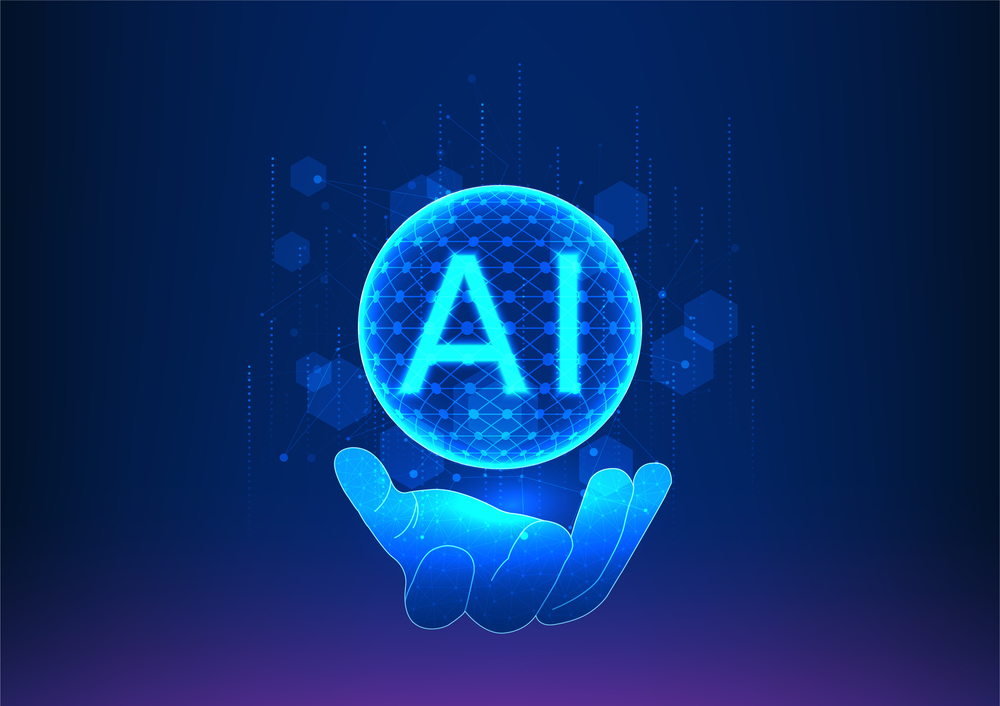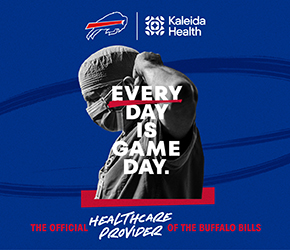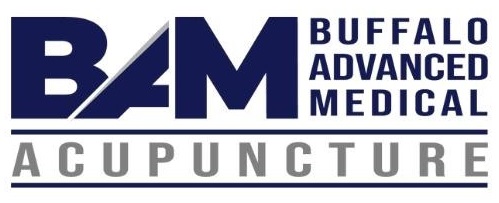Could AI-Powered Handwriting Analysis Help Spot Dyslexia?

By Cory Nealon
A new study led by UB explains how AI-powered handwriting analysis could become an early tool for detecting dyslexia and dysgraphia in young children. The work, published in SN Computer Science, aims to improve current screening methods that are effective but often costly, time-consuming, and typically focus on only one condition at a time. It could eventually help address the nationwide shortage of speech-language pathologists and occupational therapists, who play a vital role in diagnosing dyslexia and dysgraphia.
Catching these neurodevelopmental disorders early is critically important to ensure that children receive the help they need before it negatively impacts their learning and social-emotional development,” says Venu Govindaraju, SUNY Distinguished Professor in the Department of Computer Science and Engineering at UB and co-study author. “Our ultimate goal is to streamline and improve early screening for dyslexia and dysgraphia and make these tools more widely available, especially in underserved areas.”
The work is part of the National AI Institute for Exceptional Education. This UB-led research team develops AI systems to identify and support young children with speech and language disorders. Decades ago, Govindaraju and colleagues conducted research using machine learning, natural language processing, and other AI methods to analyze handwriting, an advancement still utilized by the U.S. Postal Service to automate mail sorting.
To address these challenges, a team of UB computer scientists led by Govindaraju gathered insights from teachers, speech-language pathologists, and occupational therapists to ensure the AI models being developed are practical in classrooms and other settings.
“It is critically important to examine these issues and develop AI-enhanced tools from the end-users’ perspective,” says Sahana Rangasrinivasan, a PhD student in the Department of Computer Science and Engineering and a study co-author. The team also collaborated with study co-author Abbie Olszewski, an associate professor in literacy studies at the University of Nevada, Reno, who co-developed the Dysgraphia and Dyslexia Behavioral Indicator Checklist (DDBIC) to identify overlapping symptoms of dyslexia and dysgraphia.
The team collected paper and tablet-writing samples from kindergarten through 5th-grade students at an elementary school in Reno, which had been approved by an ethics board to protect student privacy. They will use this data to further validate the DDBIC tool, which targets 17 behavioral cues that happen before, during, and after writing. They will also train AI models to perform the DDBIC screening process and compare their effectiveness with that of human testers.
- The study describes how the team’s models can be used to:
- Detect motor difficulties by analyzing writing speed, pressure, and pen movements.
- Analyze visual features of handwriting, such as letter size and spacing.
- Convert handwriting to text, spotting misspellings, letter reversals, and other errors.
- Identify deeper cognitive issues based on grammar, vocabulary, and other factors.
- Finally, it discusses a tool that combines all these models, summarizes their findings, and provides a comprehensive assessment.
This ongoing work demonstrates how AI can serve the public good by providing tools and services to those who need it most,” says study co-author Sumi Suresh, a visiting scholar at UB.











